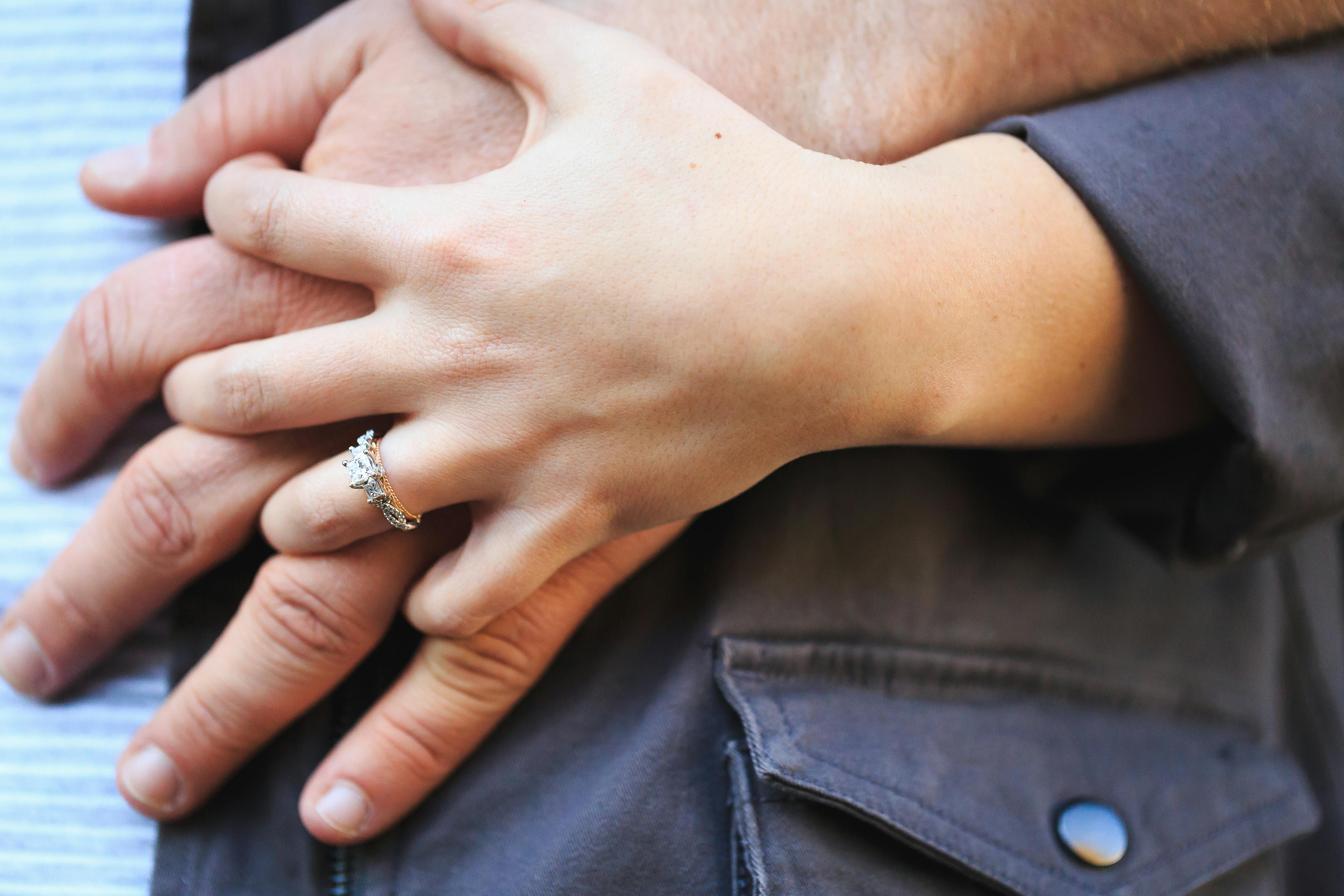
Dog behavior: how to deal with an overly boisterous dog
admin
- 0
What do we mean by ‘too boisterous’? Generally, owners use it to indicate that their dog is more active than they would like it to be. Teaching the correct behaviors and rewarding calm can go a long way when living with an energetic dog. Channel your mental and physical energies into acceptable outlets through games, exercise, and training.
Possible causes:
o This may be a natural behavior. See what your dog was bred for. If he is the hardworking type, then a high level of activity is normal and to be expected.
o It can be a sign of stress or confusion. If a dog isn’t sure or doesn’t understand what you want, they are likely to show an increased level of activity.
Prevention:
o Be careful with your choice of dog. A working dog can
looks attractive, but do you have the time and energy
need to take care of it?
o Teach the correct behavior from the beginning.
o Reward good behavior. Train yourself to notice when your dog is behaving well, even just lying down quietly. Make sure you give him a suitable reward.
o Be a leader he wants to listen to.
What to do if problems have arisen:
o Follow the points above.
o What was your dog bred for? What do you want from him? If the answers to these two questions are different, see what else you can give him to meet his needs.
o If boisterousness occurs only in certain situations, set up those situations to teach your dog what behavior you would like. For example, if your dog jumps up at visitors, ask a group of friends to call out to you, one at a time. Instruct them to ignore any jumping, but to give plenty of rewards (in the form of attention, treats, and games) for keeping four feet on the ground. Sitting brings even greater rewards. Ask each friend to leave after about ten minutes and call back immediately. This way your dog gets clear messages about what behavior is rewarding.
o Be consistent. Make sure that the whole family behaves in a similar way with the dog.
This problem is especially seen in:
o Dogs bred to be active, eg working dogs.
o Dogs that are confused about what their owner wants.
o Dogs with owners who are unrealistic about how much exercise and stimulation their dog needs.
